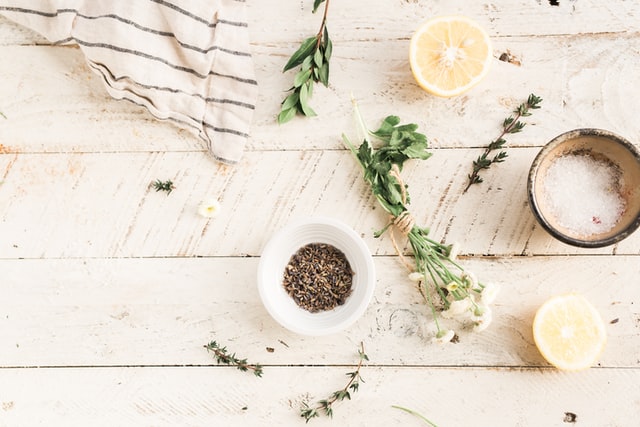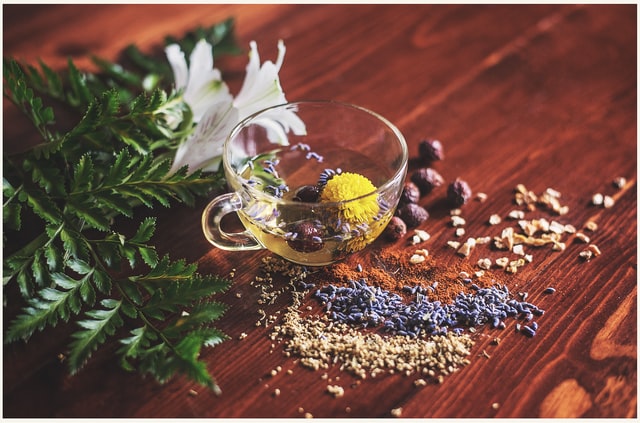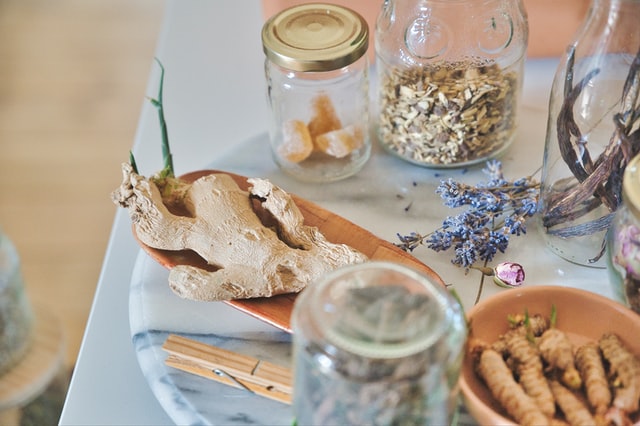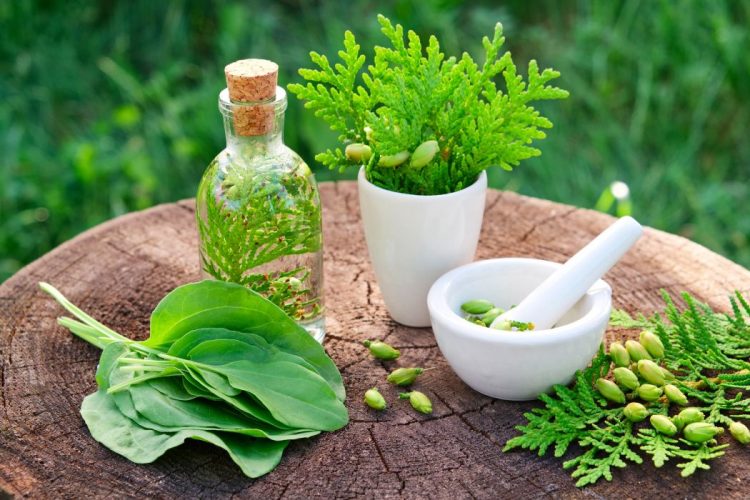- September 22, 2021
- Pourya Jamei
The use of herbal medicines is increasing all around the world as one of the elements of complementary and alternative medicine. Here in this article, we gathered some information about the importance of herbal medicine and some stats of the most exported herbals from Iran to other countries.
Share:
What is herbal medicine?
An herb is a plant or plant’s part used for aroma, flavor, or healing properties. Herbal medicines are one of the types of dietary supplements. They are sold in the form of tablets, capsules, powders, teas, extracts, and fresh or dried herbs. People use herbal remedies to maintain or improve their health.
Medicinal plants have their origin in ancient culture. It contains herbal medicine to treat diseases and increase general health and well-being.
Some herbal plants have potent ingredients and should be used with the same caution as medicines. In fact, many medicines based on artificial prescriptions are naturally available in plants.
Iran’s potential for growing medicinal plants
Iran is a privileged and high-ranking country in terms of plant richness and biodiversity and has 11 of the 13 known climates in the world. According to botanists and researchers, the number of species of medicinal plants in Iran is about 8,000 species, which in terms of species diversity is at least twice the continent of Europe.
More than 2300 species of plants in the country have herbal, aromatic, spice, and cosmetic properties. About 1728 species of these plants are native to Iran, grow exclusively in Iran, and are considered as an exclusive capacity in the country. In most of the developed countries, traditional medicine has been supported by the government in various dimensions and has taken a good share of people’s health care in the country’s health system.
The diversity of plant species and some unique species of Iran has made important pharmaceutical companies in developed countries highly dependent on the raw materials of some medicinal plants such as saffron, cumin, thyme, and savory.
Medicinal plants have their origin in ancient culture. It contains herbal medicine to treat diseases and increase general health and well-being.
Some herbal plants have potent ingredients and should be used with the same caution as medicines. In fact, many medicines based on artificial prescriptions are naturally available in plants.

The most important herbal plants for export in Iran
Iran is a privileged and high-ranking country in terms of plant richness and biodiversity and has 11 of the 13 known climates in the world. According to botanists and researchers, the number of species of medicinal plants in Iran is about 8,000 species, which in terms of species diversity is at least twice the continent of Europe.
More than 2300 species of plants in the country have herbal, aromatic, spice, and cosmetic properties. About 1728 species of these plants are native to Iran, grow exclusively in Iran, and are considered as an exclusive capacity in the country. In most of the developed countries, traditional medicine has been supported by the government in various dimensions and has taken a good share of people’s health care in the country’s health system.
The diversity of plant species and some unique species of Iran has made important pharmaceutical companies in developed countries highly dependent on the raw materials of some medicinal plants such as saffron, cumin, thyme, and savory.
Medicinal plants have their origin in ancient culture. It contains herbal medicine to treat diseases and increase general health and well-being.
Some herbal plants have potent ingredients and should be used with the same caution as medicines. In fact, many medicines based on artificial prescriptions are naturally available in plants.

Export stats of herbal plants
In 1998, Iran ranked first in the export of medicinal plants and in 2003, Iran was the fifth largest exporter of medicinal plants, which dropped to 32 due to some problems, and now Iran has the highest exports of saffron, rosemary, licorice and coriander. 80 to 90% of the export of medicinal plants from the country was in bulk and only 10% in the form of essential oils and extracts.
China has the largest export of herbal plants with a 17% share of the world market. India is next with 8%, Egypt with 7% and Spain with 5%.

Export statistics of Iranian medicinal plants
Medicinal plants are known in the world customs with HS Code number 121190. In 1998, Iran ranked first in the export of medicinal plants and in 2003, Iran was the fifth largest exporter of medicinal plants, which dropped to 32 due to some problems. In 2018, Iran’s share of the medicinal plants trade was $ 440 million, while the total transaction of imports of medicinal plants in the world reaches about $ 124 billion. Such a number is astonishing and shows that there are pure opportunities for herbalists.
The different climate of Iran caused our country to produce about 90% of the species of medicinal plants in the whole world. Naturally, this volume of products causes our country to have a very good potential to conquer global markets, and this has led to a significant growth and development of exports of these products in recent years.
According to the statistics published in our country, about 8000 types of medicinal plants grow, of which about 450 species are considered as medicinal plants. At present, the share of world trade in the export of these plants is $ 124 billion, and our country’s share of this profit and income is about $ 440 million. Export statistics of Iranian medicinal plants show that our country accounts for about four percent of the world trade of medicinal plants in the world.
Currently, the latest statistics on the export of these plants in recent years are as follows:
- 2017, about 450 million dollars
- 2018, about 570 million dollars
- 2019, about 480 million dollars
According to the expectations for 2025, exports of medicinal plants will reach $ 1.5 billion
Herbal medicine’s side effects
It can be mistakenly thought that herbal medicines are completely safe because they are “natural” products. This is not always true.
Herbal medicine can cause a variety of side effects, from mild to severe, including:
- Allergic reactions and skin rashes
- Asthma
- Headache
- nausea
- Vomit
- Diarrhea
The different climate of Iran caused our country to produce about 90% of the species of medicinal plants in the whole world. Naturally, this volume of products causes our country to have a very good potential to conquer global markets, and this has led to a significant growth and development of exports of these products in recent years.
According to the statistics published in our country, about 8000 types of medicinal plants grow, of which about 450 species are considered as medicinal plants. At present, the share of world trade in the export of these plants is $ 124 billion, and our country’s share of this profit and income is about $ 440 million. Export statistics of Iranian medicinal plants show that our country accounts for about four percent of the world trade of medicinal plants in the world.
Currently, the latest statistics on the export of these plants in recent years are as follows:
- 2017, about 450 million dollars
- 2018, about 570 million dollars
- 2019, about 480 million dollars
According to the expectations for 2025, exports of medicinal plants will reach $ 1.5 billion

Conclusion
Although due to the lack of a systematic and codified structure and also the lack of coordinated and integrated policy for the growth and development of the medicinal plant industry, no serious and effective action has been taken to benefit from the God-given capacity and potential of medicinal plants in the country. The growing global acceptance of the use of herbal medicines, as well as the attention and efforts of developed countries to invest and mass-produce herbal plants, is essential.
Considering the power and production capacity of medicinal plants in the country and also the competitive advantage of this industry in the economy, to enter the arena of such a large economy, it has already established the necessary investments in the value chain to produce a maximum added value of medicinal plants. And take advantage of its advantages and opportunities for the development of non-oil exports, employment growth, income generation, and countries.
What’s the most useful herbal medicine in your opinion?
Have you ever used some kinds of herbal medicines?
Feel free to share your experience with us in the comment section.
We in Sepcotrading can supply your needs for herbal medicine, no matter where you are around the world.





